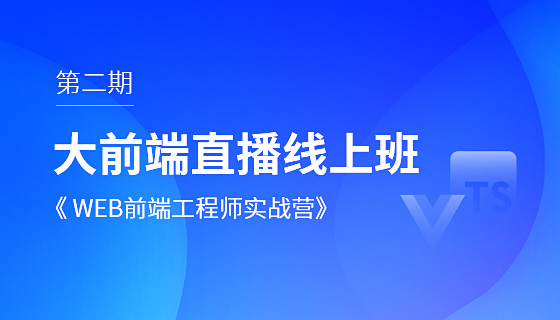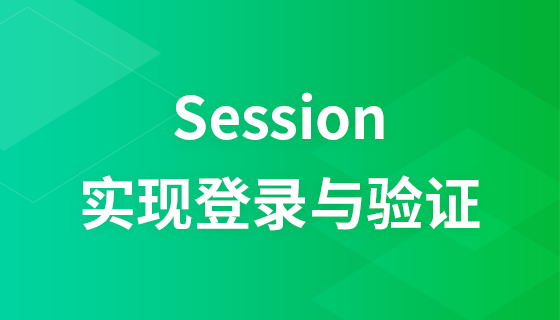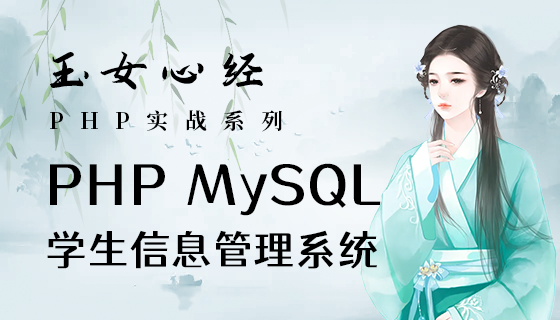
本教程详细阐述了在telegram `telethon`库中,如何通过邀请链接可靠地获取频道实体。针对用户是否已加入频道这两种情况,我们提出了一种结合 `client.get_entity` 和 `functions.messages.importchatinviterequest` 的策略,通过异常处理确保无论用户状态如何,都能成功获取频道实体,避免重复加入或因权限问题而失败。
在使用 telethon 库与 Telegram 进行交互时,通过频道邀请链接获取其对应的实体(entity)是一个常见需求。然而,这一过程并非总是直截了当,尤其当需要兼顾用户是否已加入该频道这两种情况时。
通常,我们可能会尝试以下两种方法:
使用 client.get_entity():client.get_entity('invite_link') 或 client.get_entity('https://t.me/joinchat/XXXXXXX')。这种方法的问题在于,它通常不直接支持原始的邀请链接哈希值(如XXXXXXX),并且如果当前用户尚未加入该频道,它会抛出错误,而不是返回频道信息。
使用 functions.messages.ImportChatInviteRequest():updates = await client(functions.messages.ImportChatInviteRequest('XXXXXXX'))。此方法旨在加入频道。如果用户尚未加入,它会成功加入并返回一个 updates 对象,其中包含频道实体。但如果用户已经加入了频道,再次尝试导入邀请链接可能会抛出错误,因为它不是设计来获取已加入频道的实体的。
这两种方法的局限性使得我们需要一种更全面的策略,以在任何情况下都能可靠地获取频道实体。
为了克服上述挑战,我们可以采用一种结合 try-except 异常处理机制的策略,优先尝试获取已加入频道的实体,若失败则尝试加入并获取。
如果用户已经加入了频道,最直接的方式是通过完整的邀请链接URL(例如 https://t.me/joinchat/XXXXXXX)使用 client.get_entity() 来获取。telethon 能够解析这个 URL 并返回相应的频道实体。
from telethon import TelegramClient, functions, types
# 假设 client 已经初始化并连接
# client = TelegramClient('session_name', api_id, api_hash)
# await client.start()
invite_link_hash = 'XXXXXXX' # 原始邀请链接哈希,不包含 '+'
try:
# 尝试使用完整的邀请链接URL获取实体
# 这适用于用户已经加入频道的情况
entity = await client.get_entity('https://t.me/joinchat/' + invite_link_hash)
print(f"已加入频道实体获取成功: {entity.title} (ID: {entity.id})")
except Exception as ex:
# 如果用户未加入,get_entity 会抛出异常
# 我们需要捕获这个异常并进行下一步处理
print(f"尝试获取已加入频道实体失败: {ex}")
# 这里我们捕获异常,后续在完整的代码块中处理如果在步骤一中 client.get_entity() 抛出了异常,并且该异常表明用户不是频道成员(例如,错误消息中包含 "you are not part of" 等),那么我们就知道用户尚未加入该频道。此时,我们应该使用 functions.messages.ImportChatInviteRequest() 来加入频道并从返回的 updates 对象中提取实体。
ImportChatInviteRequest 成功执行后,会返回一个 updates 对象,其中包含了新加入的频道信息。频道实体通常位于 updates.chats 列表的第一个元素。
# 承接上一步的异常处理
if 'you are not part of' in str(ex): # 检查是否为未加入频道的错误
print(f"用户未加入频道,尝试通过邀请链接加入...")
res = await client(functions.messages.ImportChatInviteRequest(invite_link_hash))
if isinstance(res, types.Updates):
# 成功加入,频道实体在 updates.chats[0]
entity = res.chats[0]
print(f"成功加入频道并获取实体: {entity.title} (ID: {entity.id})")
else:
print("加入频道成功,但未在 updates 对象中找到频道实体。")
else:
# 处理其他类型的异常,例如邀请链接无效等
print(f"发生未知错误: {ex}")
entity = None将上述两个步骤整合到一个 try-except 块中,可以形成一个鲁棒的解决方案:
from telethon import TelegramClient, functions, types
from telethon.errors import ChatInviteInvalidError, UserAlreadyParticipantError, RPCError
async def get_channel_entity_by_invite_link(client: TelegramClient, invite_link_hash: str):
"""
通过邀请链接哈希值可靠地获取频道实体。
该函数会尝试获取已加入频道的实体,如果失败则尝试加入频道并获取实体。
Args:
client (TelegramClient): 已认证的 Telegram 客户端实例。
invite_link_hash (str): 频道邀请链接的哈希部分(例如 'XXXXXXX')。
Returns:
types.Channel | None: 频道实体对象,如果失败则返回 None。
"""
entity = None
try:
# 尝试通过完整的邀请链接URL获取实体
# 这适用于用户已是频道成员的情况
full_invite_url = 'https://t.me/joinchat/' + invite_link_hash
entity = await client.get_entity(full_invite_url)
print(f"成功获取已加入频道实体: {entity.title} (ID: {entity.id})")
except UserAlreadyParticipantError:
# 理论上,如果 get_entity 成功,不会抛出此错误。
# 但作为防御性编程,如果其他操作导致此错误,可以处理。
print(f"用户已是该频道成员,尝试重新获取实体...")
# 重新尝试 get_entity,因为UserAlreadyParticipantError可能意味着之前尝试加入失败
# 或其他逻辑导致此错误,此时应该能直接获取实体。
entity = await client.get_entity(full_invite_url)
print(f"重新获取已加入频道实体成功: {entity.title} (ID: {entity.id})")
except RPCError as e:
# 捕获 Telethon 的 RPC 错误
error_message = str(e).lower()
if 'you are not part of' in error_message or 'not a participant' in error_message:
# 用户不是频道成员,尝试加入频道
print(f"用户未加入频道 (错误: {e}),尝试通过邀请链接加入...")
try:
updates = await client(functions.messages.ImportChatInviteRequest(invite_link_hash))
if isinstance(updates, types.Updates) and updates.chats:
entity = updates.chats[0]
print(f"成功加入频道并获取实体: {entity.title} (ID: {entity.id})")
else:
print(f"加入频道成功,但未在 updates 对象中找到频道实体。")
except ChatInviteInvalidError:
print(f"邀请链接 '{invite_link_hash}' 无效或已过期。")
except RPCError as join_error:
print(f"加入频道时发生RPC错误: {join_error}")
except Exception as join_ex:
print(f"加入频道时发生未知错误: {join_ex}")
elif 'channel invalid' in error_message or 'chat invalid' in error_message:
print(f"邀请链接 '{invite_link_hash}' 对应的频道无效或不存在。")
else:
print(f"获取频道实体时发生RPC错误: {e}")
except Exception as ex:
# 捕获其他所有未知异常
print(f"获取频道实体时发生未知错误: {ex}")
return entity
# 示例用法 (请替换为您的实际 api_id, api_hash 和 invite_link_hash)
async def main():
api_id = 1234567 # 替换为您的 API ID
api_hash = 'your_api_hash' # 替换为您的 API Hash
client = TelegramClient('my_session', api_id, api_hash)
await client.start()
# 替换为您的实际邀请链接哈希
test_invite_link_hash = 'YOUR_INVITE_LINK_HASH_HERE'
channel_entity = await get_channel_entity_by_invite_link(client, test_invite_link_hash)
if channel_entity:
print(f"\n最终获取到的频道信息:")
print(f"标题: {channel_entity.title}")
print(f"ID: {channel_entity.id}")
print(f"类型: {'公开' if channel_entity.username else '私有'}")
else:
print("\n未能获取到频道实体。")
await client.run_until_disconnected()
# 如果在Jupyter或asyncio环境中运行,可能需要不同的启动方式
# import asyncio
# asyncio.run(main())通过结合 client.get_entity() 和 functions.messages.ImportChatInviteRequest(),并利用 try-except 异常处理机制,我们可以构建一个健壮的函数,无论用户是否已加入目标频道,都能可靠地通过邀请链接获取其对应的实体。这种方法确保了代码的灵活性和容错性,是处理此类场景的推荐实践。
以上就是Telegram telethon: 鲁棒地通过邀请链接获取频道实体的高效策略的详细内容,更多请关注php中文网其它相关文章!

每个人都需要一台速度更快、更稳定的 PC。随着时间的推移,垃圾文件、旧注册表数据和不必要的后台进程会占用资源并降低性能。幸运的是,许多工具可以让 Windows 保持平稳运行。




Copyright 2014-2025 https://www.php.cn/ All Rights Reserved | php.cn | 湘ICP备2023035733号